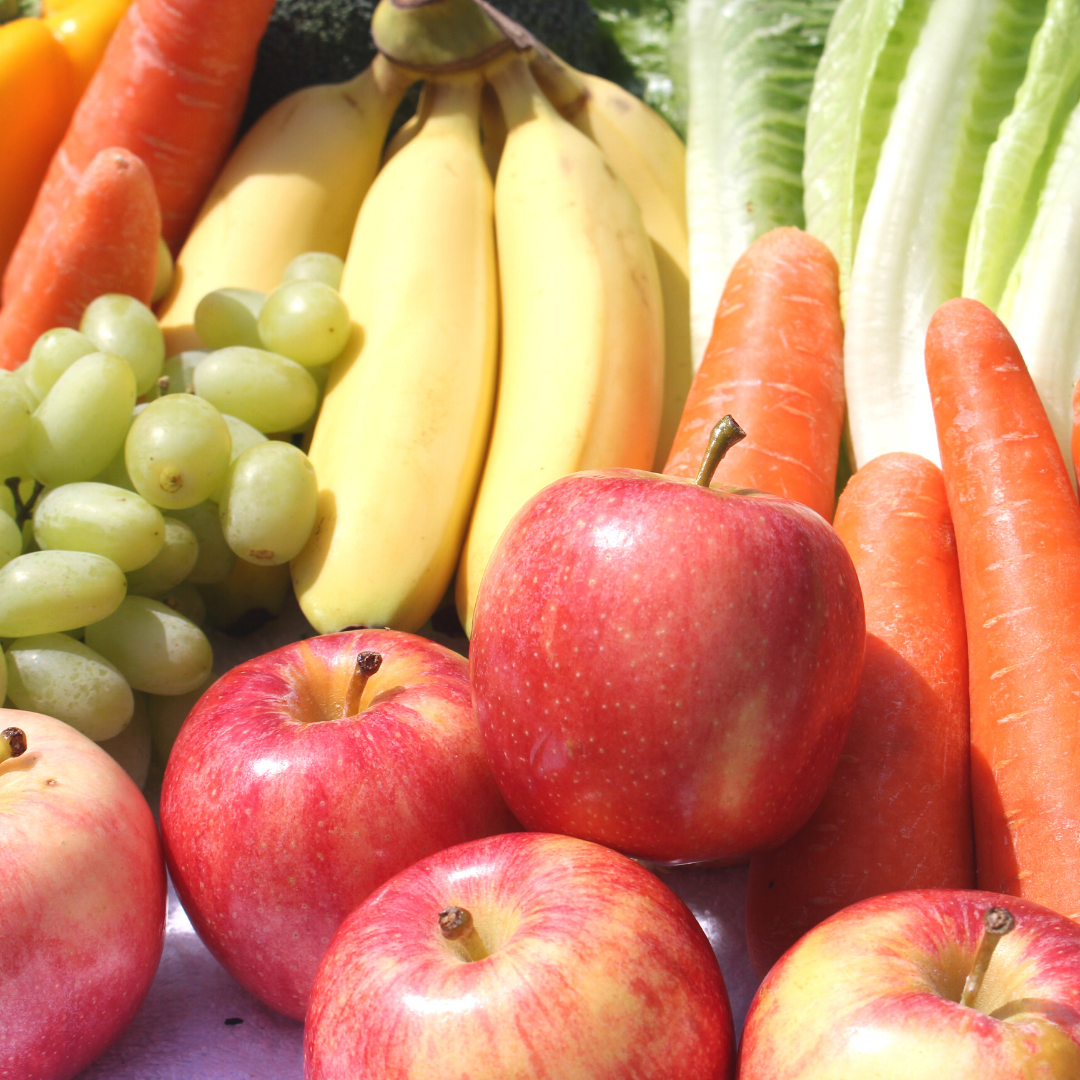How To Build Your Plant-Based Kitchen the Right Way
Mar 14, 2022
Feeling Lost and Overwhelmed?
If you’re new to a plant-based diet, these questions are likely running through your mind right now, “What should I buy now that I want to eat differently? What seasonings should I get? Where do I find these ingredients?”
It does take a bit of thought, planning and different plant-based ingredients to move from a kitchen focused on cooking meat-based dishes to one suitable for plant-cooking. But here’s the good news: with the right guidance and support, you’ll be able to quickly start your transformation with a kitchen equipped and ready to make plant-powered meals.
Below are the first 4 key steps to take that will get you off on the right track, so you can save money and build a kitchen that will serve you well when sustaining a plant-thriving lifestyle!
Step 1: Check What You Have First
This may seem obvious, but it’s definitely worth noting. It’s all too easy to rush out and fill your shopping cart with a TON of fresh produce, canned and packaged goods…only to realize later that you already have some of these items at home! Believe me, I’ve seen some people do this. Want the most budget-friendly and money-saving way to start? Begin in your own kitchen.
Let’s be honest here. How many of us (I’ve experienced this too) have cans of food or other dried goods sitting in our pantries that we haven’t touched for the longest time, and may have even forgotten they were there? If we don’t get to them soon, many of those items will end up being no longer usable, expired and then tossed out.
So pause for a few minutes first and ‘take stock’. Have a look inside your cupboards, pantry, fridge and freezer to see what items you already have that are plant-based and can be used up. You may be surprised to see a can of kidney beans, dried noodles, a half bag of frozen peas, a can of pineapple chunks, or even spices, seasonings and sauces you’ve purchased long ago but never used. Most of these can be utilized in plant-based cooking!
Step 2: Be Strategic with Fruits and Vegetables
After you’ve done a little kitchen inventory, it’s time to make a plan of what fruits and vegetables to get once inside the store, or from online retailers. Don’t make the mistake of buying out the whole produce department your first week of eating plant-based! Unless you plan to can or freeze the extra produce bought for the coming months, you’ll only end up spending a lot of money, and feel stressed and anxious about using all the fresh fruits and vegetables up before they go bad and need to be tossed.
Instead, check the available space in your fridge and kitchen then make a list of the different fruits or vegetables that you would like to buy and use this coming week or two. Focus on purchasing and using those first. It often helps to decide on two or three plant-based recipes you would like to try out in the next week or two, and then you can focus on getting the ingredients and seasonings needed to make those dishes.
Feel free to get some frozen vegetables or fruits too if the prices are more reasonable and if it is challenging to get fresh produce at a good price locally. If you get canned vegetables, it's best to get the unsalted canned versions.
Step 3: Get Plant-Based Kitchen Staples
Along with making a list of fruits and vegetables to get, it’s also helpful to stock up your kitchen with a few useful common plant-based kitchen staples. These include one or two cans of black beans, one or two cans of chickpeas, a can of green or brown lentils, a jar of tomato-based pasta sauce and a can of vegetarian refried beans. Even if you plan to make your own beans and lentils from the dried versions, it is often helpful to have at least 1-2 cans of beans on hand, especially for moments when you don’t have much time to cook or forgot to soak and cook up dried beans ahead of time!
Other useful items you can consider getting are seasonings and spices like garlic powder, onion powder, balsamic vinegar, turmeric powder, ground cumin and dried basil. These are all useful seasonings to have on hand for flavoring plant-based ingredients!
Step 4: Shop like a Plant-Based Pro
Now it’s time to enjoy your first plant-based grocery shop! Aside from the produce section, once you’re inside the store, look at these places for plant-based ingredients:
Where to find items at the supermarket
• Cold beverages section for plant-based milks
• Refrigerated sections for items like tofu and hummus
• Bulk Bins section for nuts, seeds and whole grains
• International Foods/Ethnic Aisle for canned and dried beans, lentils, sauces and whole grains like brown rice
I hope you see now that getting started setting up your plant-based kitchen for success is easy and doable. Let’s get you started today on the path to thriving vibrant health!
Before You Go, Grab this FREE Resource
If you’re wanting to learn how to start plant-based eating or begin a whole food plant-based diet, grab this FREE resource “Beginner’s Quick Guide to Must-Know Plant-Based Diet Basics” to help you on your journey.
This FREE guide gives you the essentials you need to get started, including key terms to know about, rich plant-based sources of nutrients, and some top budget money-saving tips. This guide is perfect for all beginners interested in transitioning to a plant-based diet. So grab this guide if you’re looking for tips for eating a plant-based diet for beginners!



